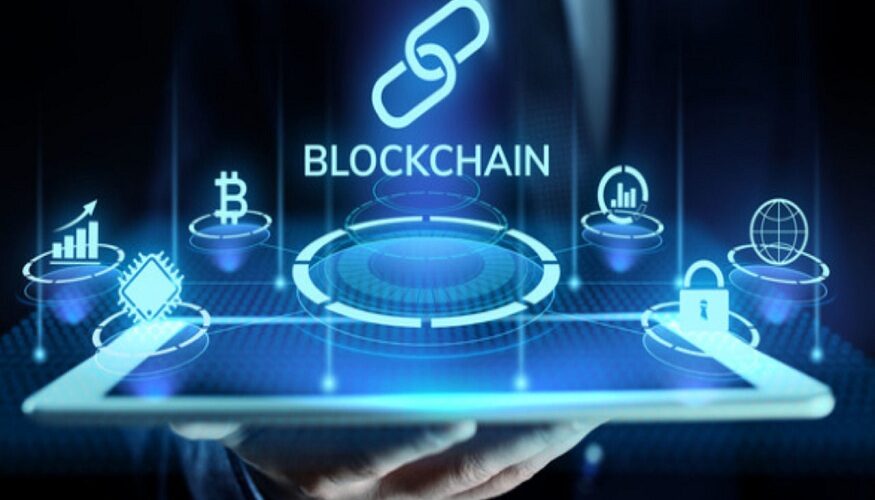The realisation that ongoing concepts like urbanisation, industrialisation, and globalisation are depleting the earth’s natural resources has made sustainability initiatives a more crucial concern than ever before. Fortunately, the advancement of technologies has accelerated a positive impact towards achieving sustainable development goals, and one such technology that has an emerging role in this mission is “Blockchain”.
According to Fortune Business Insights, the global blockchain market is forecasted to rise from USD 7.18 billion in 2022 to USD 163.83 billion by 2029 – at a CAGR of 56.3%. While most people think of blockchain only through its most popular use, cryptocurrency, the truth is that the concept of blockchain technology is far from limited to crypto.
Here are some ways in which blockchain technology can contribute towards some key SGD goals and into leading a more sustainable future:
Building Resilient And Transparent Supply Chains
Today we can see most environmentally and socially conscious customers demanding transparency in products, value chains, and a clearly defined sustainable policy.
One of the primary features of blockchain is its ability to decentralise data and apply privacy algorithms through cryptic functions, ensuring the authenticity of data and thereby enabling the transparent tracking of materials and goods in the supply chains.
As this resilience and transparency allow brands and investment firms to back up and verify their ecological and ethical claims, operations, and impacts, blockchain acts as an essential tool in building public confidence, which plays a critical role in the achievement of SGD 9 – “Build resilient infrastructure, promote inclusive and sustainable industrialisation and foster innovation”.
Creating Stronger And More Accountable Public Institutions
As we all know, public procurement is the largest method of public spending and supposedly the greatest corruption source worldwide. For those unaware, the primary objective of public procurementis to supply goods and services that are essential to accomplish government missions efficiently.
However, the complexity, relative opacity, and subjectivity involved in this process contribute to wasted public funds. A blockchain-based procurement system can help increase this external oversight, which is already a proof-of-concept used by the government of Colombia.
Pairing this blockchain technology with monitorship models like those tested by Transparency International or the Partnership for Transparency Fund can make this a more powerful tool towards achieving SGD 16 – “Promoting strong, peaceful and just institutions at all levels.”
Spurring Responsible Sourcing And Consumption
Responsible sourcing is when businesses can ensure their choices and how their relationship with suppliers benefits the health of the customers, the livelihood of the suppliers, and the ability to protect the planet. With blockchain, the sustainability and security of a product can be examined from end-to-end, providing reassurance – from raw materials to finished products.
This influence can be easily seen in the launch of the Mining and Metals Blockchain Initiative last year, which brought together key industry players like De Beers and Eurasian Resources Group to explore the use of blockchain for carbon emissions tracking and supply chain transparency.
Similarly, the launch of the Responsible Sourcing Blockchain Network also brought together key automotive players, including Ford and Volkswagen, to undermine the use of blockchain in the ethical sourcing of minerals.
These industry responses showcase the potential blockchain technology has in reaching the objectives of SDG 12 – “Ensure sustainable consumption and production patterns”.
If you need help incorporating sustainability into your blockchain business models, AIX investment Group can be an excellent place to get you started. With a team of experienced advisors, they have the expertise to provide new investors with the education, guidance and support required to maximise profits both from a short and long-term perspective and ensure sustainability through the entire investment journey.

